As America’s population ages, the suburbs—long known for big yards, two-car garages, and stair-heavy layouts—are getting a quiet but noticeable makeover. Seniors aren’t necessarily moving away; instead, many are choosing to age in place, reshaping suburban life around new priorities like accessibility, community connection, and smarter infrastructure. Without grabbing headlines, older adults are influencing everything from street design to housing trends, all in the name of livability and independence.
1. Adding More ADUs (Accessory Dwelling Units)
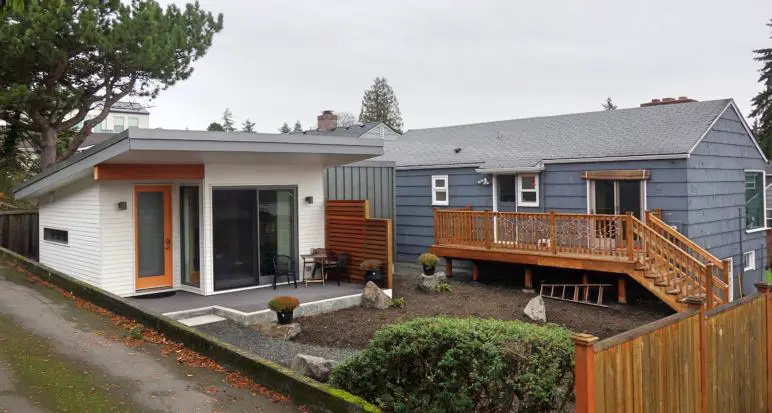
Older homeowners are increasingly embracing ADUs—granny flats, garage conversions, and backyard cottages—to stay close to family or create aging-friendly options. AARP reports that more municipalities are loosening zoning rules to support these compact dwellings, often at the urging of senior residents. They’re less expensive than nursing homes and offer more autonomy than senior living facilities.
In many suburbs, ADUs are reshaping housing stock without altering the neighborhood vibe. They allow for multigenerational living or passive rental income while creating flexible living spaces for aging residents. As more seniors prioritize proximity to loved ones over square footage, ADUs are quietly becoming the backbone of age-friendly suburban design.
2. Pushing for Walkability
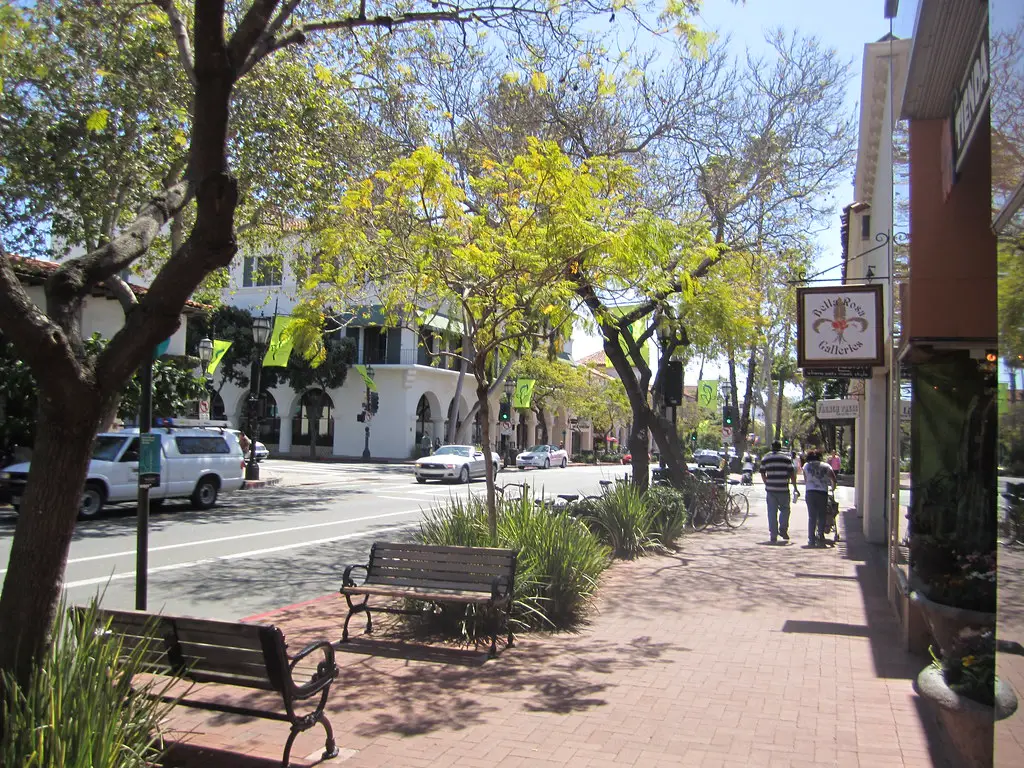
Car-centric suburbs are slowly changing, thanks to older adults advocating for safer, more walkable neighborhoods. According to the Urban Institute, aging residents are behind a growing demand for better sidewalks, traffic-calming measures, and pedestrian-friendly intersections. The goal is clear: make it easier to get around without relying on a car.
Retrofitting suburban sprawl is no small task, but seniors are often the ones showing up at town meetings to demand these changes. Whether it’s installing benches, shortening crosswalks, or lowering speed limits, their advocacy is steering planners toward designs that benefit all ages. Walkability is no longer a luxury—it’s becoming a necessity.
3. Lobbying for Single-Level Housing
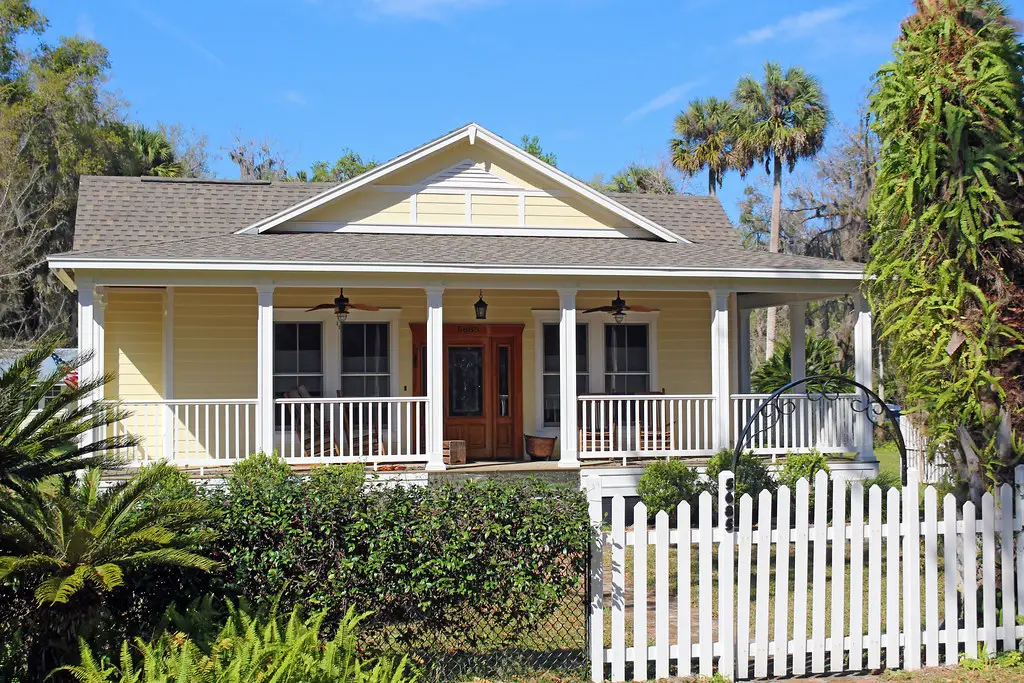
As stairs become more challenging, older adults are driving demand for single-story homes with open layouts. The National Association of Home Builders notes that 77% of homeowners aged 55+ prefer single-level living. In response, developers are shifting focus away from multi-story builds in favor of ranch-style homes and accessible floorplans.
This preference is changing the look of new suburban developments. Builders are integrating wider hallways, fewer thresholds, and main-floor bedrooms to cater to aging buyers. What was once a niche market for retirees is now influencing mainstream suburban construction—and setting new standards for aging in place.
4. Driving Public Transit Expansion
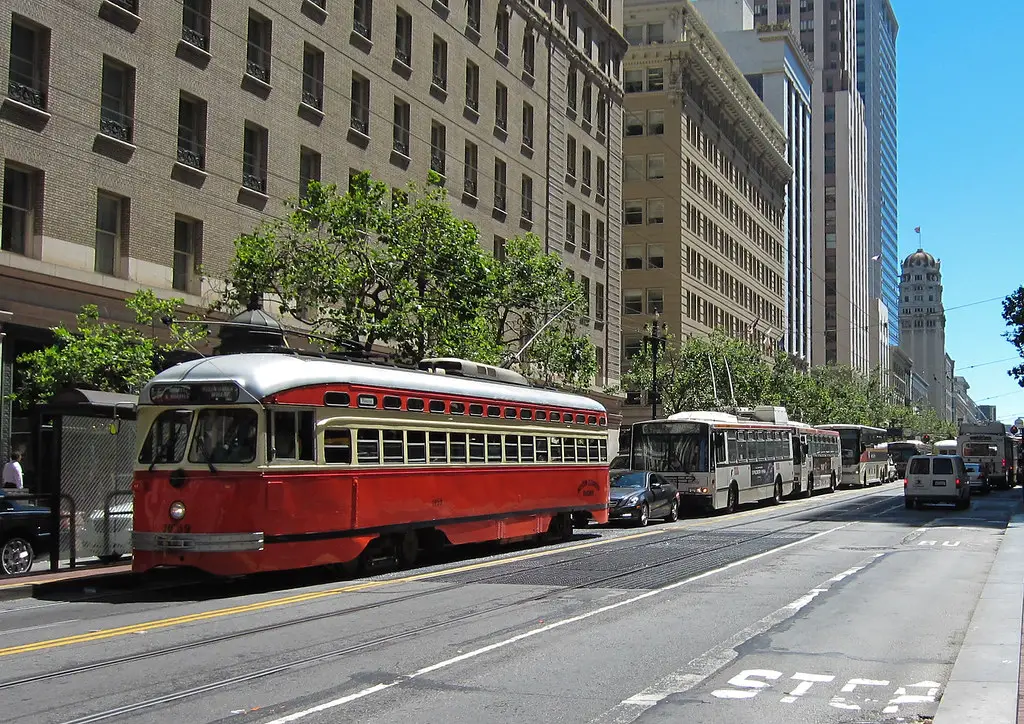
Suburbs aren’t known for robust public transit, but older adults are working to change that. The Brookings Institution points out that aging populations are a driving force behind efforts to expand bus routes and create ride-share partnerships tailored to non-drivers. Losing a license shouldn’t mean losing independence.
Suburban seniors are helping reshape how communities think about mobility. They’re advocating for shuttle loops, medical appointment transport, and senior discounts on transit services. As car ownership becomes less feasible, aging residents are pushing local governments to get creative about keeping them connected.
5. Converting Lawns into Gardens
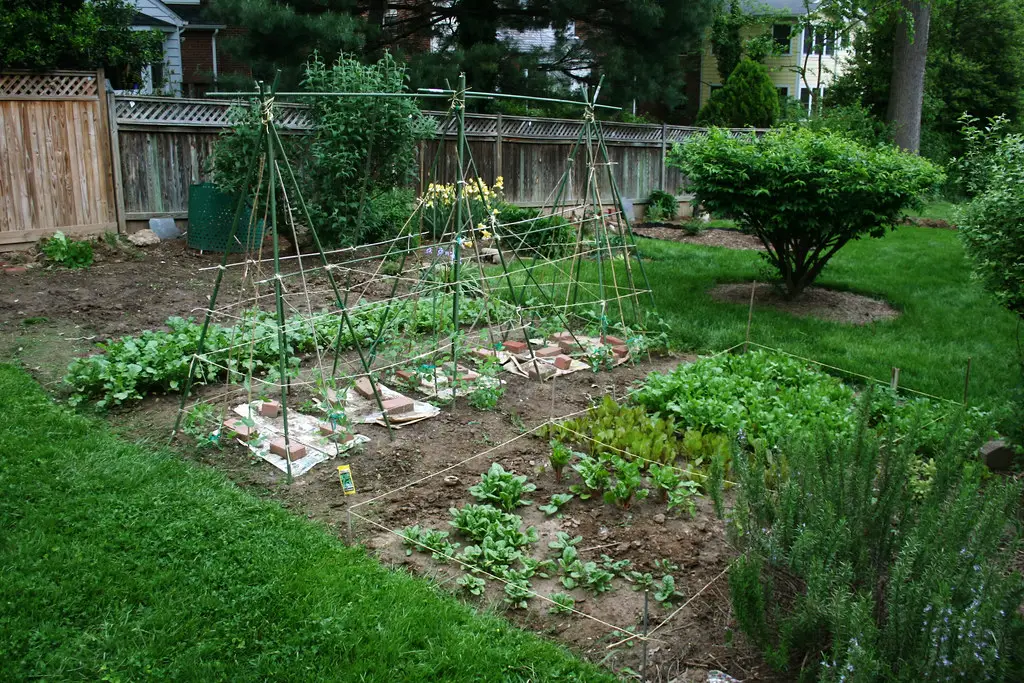
Big suburban lawns are giving way to raised beds, pollinator gardens, and low-maintenance landscaping as older homeowners seek purpose and practicality. Gardening provides both physical activity and fresh produce, while reducing the need for intensive yard upkeep. It’s a shift from ornamental to functional.
This quiet revolution is visible one yard at a time. Front lawns once dominated by turf are being transformed into green spaces that foster health, reduce water usage, and invite community interaction. For many retirees, a garden is more than a hobby—it’s a way to stay rooted in their neighborhood.
6. Prioritizing Proximity to Healthcare

Aging Americans are redefining what makes a suburb desirable—and top of the list is access to quality healthcare. More are choosing to downsize or relocate within their community to be closer to hospitals, urgent care centers, and specialists. This is reshaping how developers choose locations for new builds.
Suburbs with strong healthcare access are seeing rising interest from the 60+ demographic. Senior-focused communities near medical facilities, pharmacies, and rehab centers are growing faster than those farther out. What used to be a hidden priority is now central to many retirement decisions.
7. Creating “Village” Support Networks

The rise of grassroots support groups known as “villages” is transforming aging in place. These neighborhood-based networks organize volunteers, rides, check-ins, and group outings—all led by and for older adults. They’re especially common in suburbs where formal senior services are sparse.
These self-organized systems help fill gaps left by traditional aging infrastructure. They create stronger social bonds and reduce isolation without requiring a move to senior housing. In many ways, these “villages” are reweaving the suburban fabric into something more cooperative and age-inclusive.
8. Embracing Smart Home Tech

Older adults are turning to smart home devices to remain independent in their suburban homes. From voice-activated assistants to motion sensors and smart thermostats, these tools enhance safety without sacrificing autonomy. They also ease the burden on caregivers and family members.
What started as novelty tech is now an essential part of aging-friendly design. Suburban homes outfitted with smart locks, fall detectors, and medication reminders are becoming more common. These quiet upgrades don’t change the look of the neighborhood, but they’re transforming how people live in it.
9. Demanding Mixed-Use Developments
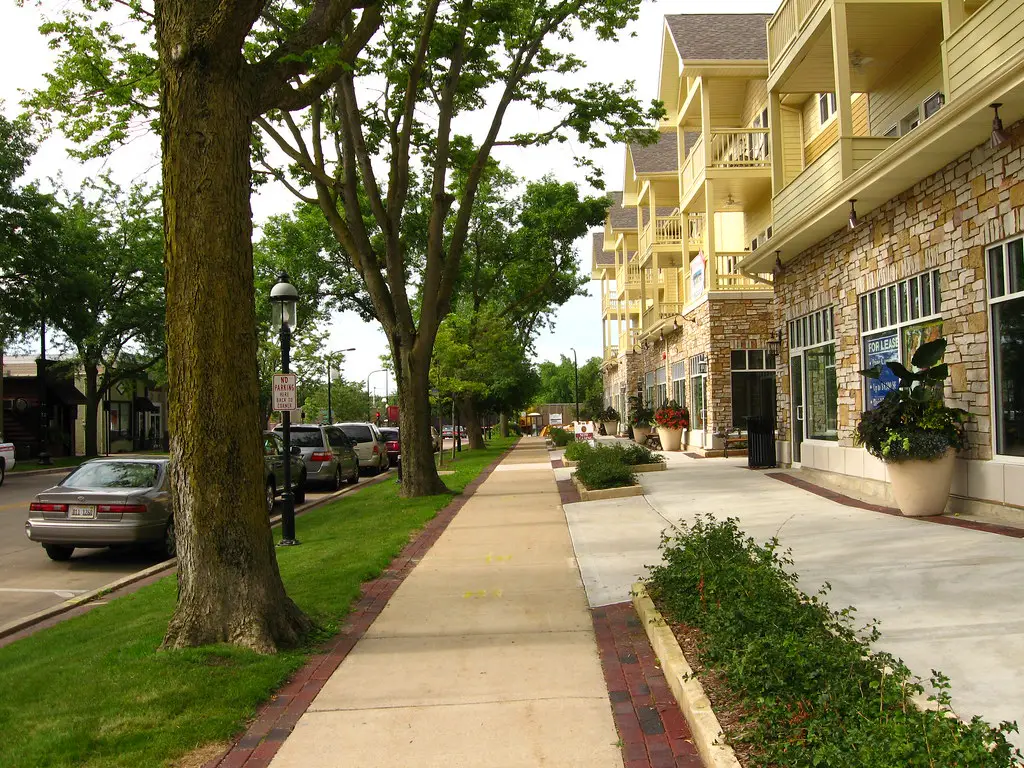
The traditional “residential-only” suburb is losing appeal among older adults who want coffee shops, groceries, and services within walking distance. That’s pushing planners to reconsider zoning rules and add mixed-use elements that support daily convenience without a drive.
These hybrid spaces bring new life to aging suburbs. They promote foot traffic, increase safety, and reduce car dependence—all of which benefit seniors. As older residents speak up at planning meetings, more towns are adopting these modern, age-friendly layouts.
10. Building Age-Friendly Parks
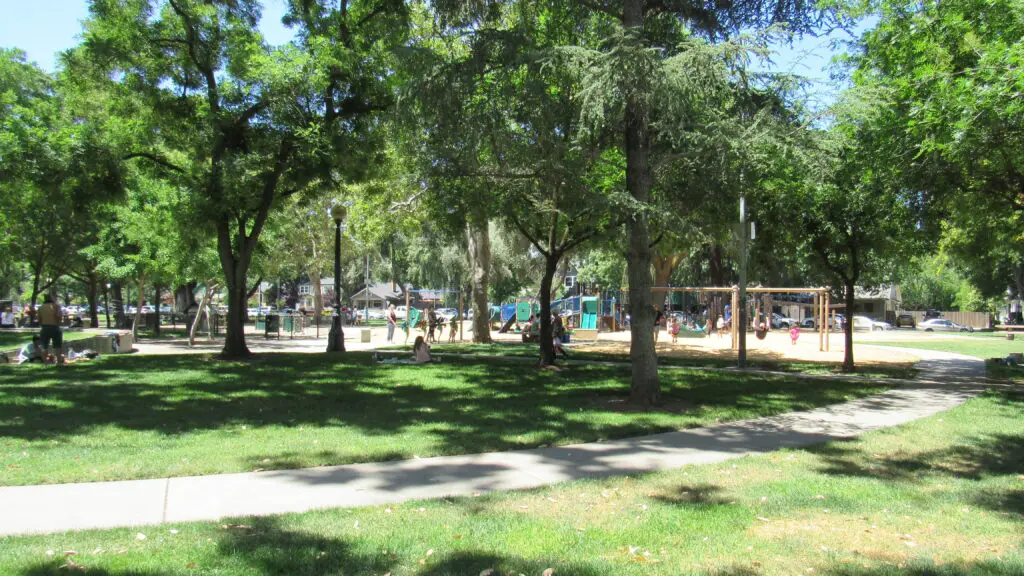
Seniors aren’t just using suburban parks—they’re helping redesign them. From wider paths and more benches to low-impact fitness stations and shaded gathering areas, older adults are influencing the layout of local green spaces in big ways.
These age-friendly additions benefit everyone, but they’re especially useful for people with mobility concerns. The result? Parks that aren’t just playgrounds for kids but vibrant spaces for intergenerational activity. It’s a subtle shift, but one that’s remaking how suburban outdoor spaces function.
11. Rethinking Driveway and Garage Use
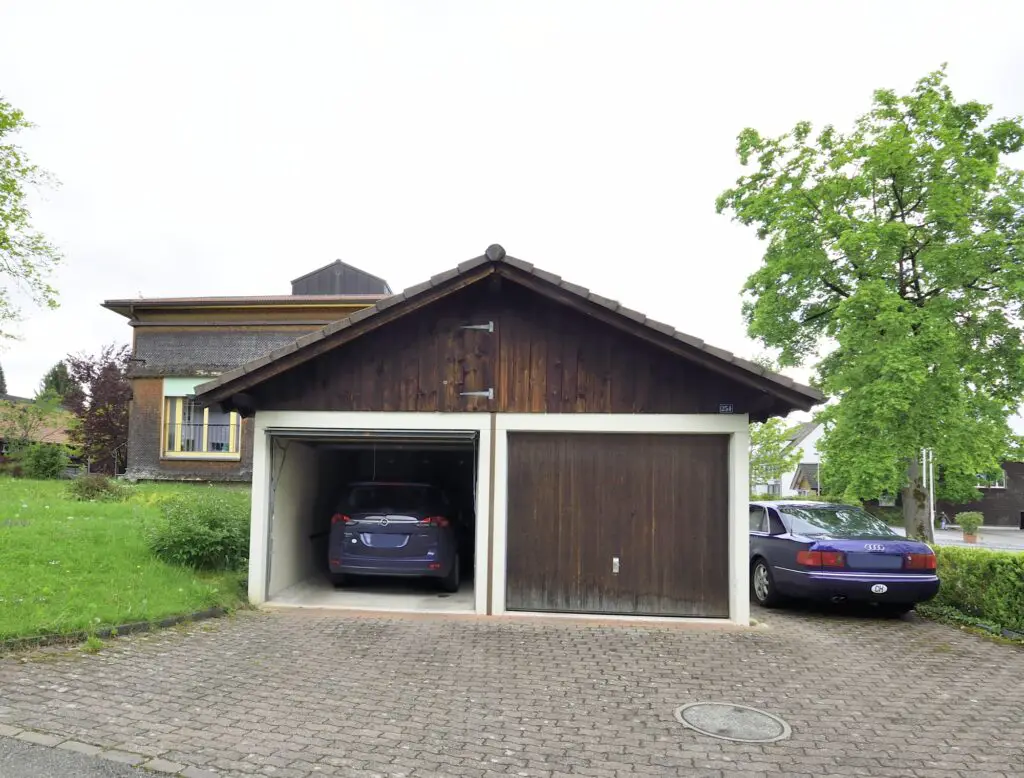
As driving becomes less central, many older homeowners are converting garages into living spaces or using driveways for accessory buildings. That shift is changing the utility of suburban lots and making space for hobbies, rental income, or live-in caregivers.
This repurposing reflects a broader trend toward flexibility. Suburbs, once designed for two-car households, are now accommodating one-car or even car-free living. Seniors are at the forefront of this change, finding creative ways to adapt their homes for new stages of life.
12. Choosing Energy Efficiency Over Size
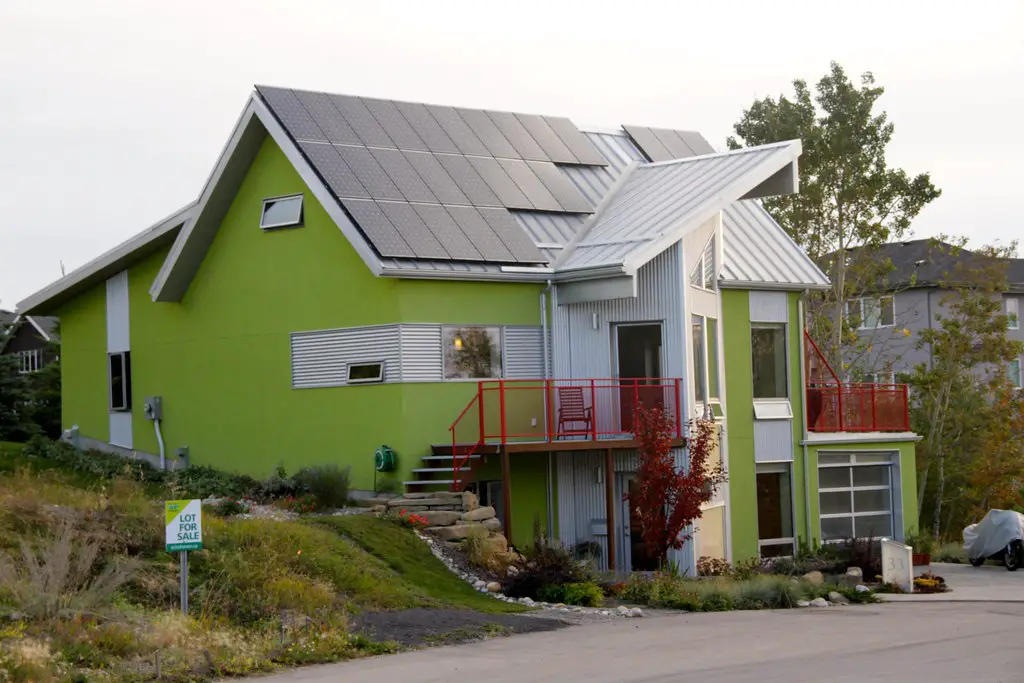
Retirees are increasingly downsizing into smaller, energy-efficient homes that are easier to maintain and more environmentally conscious. Solar panels, heat pumps, and triple-pane windows are becoming priorities, often championed by older homeowners with the time and funds to invest in sustainable upgrades.
These choices are shaping suburban architecture from the inside out. Instead of focusing on square footage, the emphasis is now on livability, comfort, and cost savings. Older adults are setting the tone for more efficient, future-ready homes—one modest renovation at a time.
13. Hosting Intergenerational Living
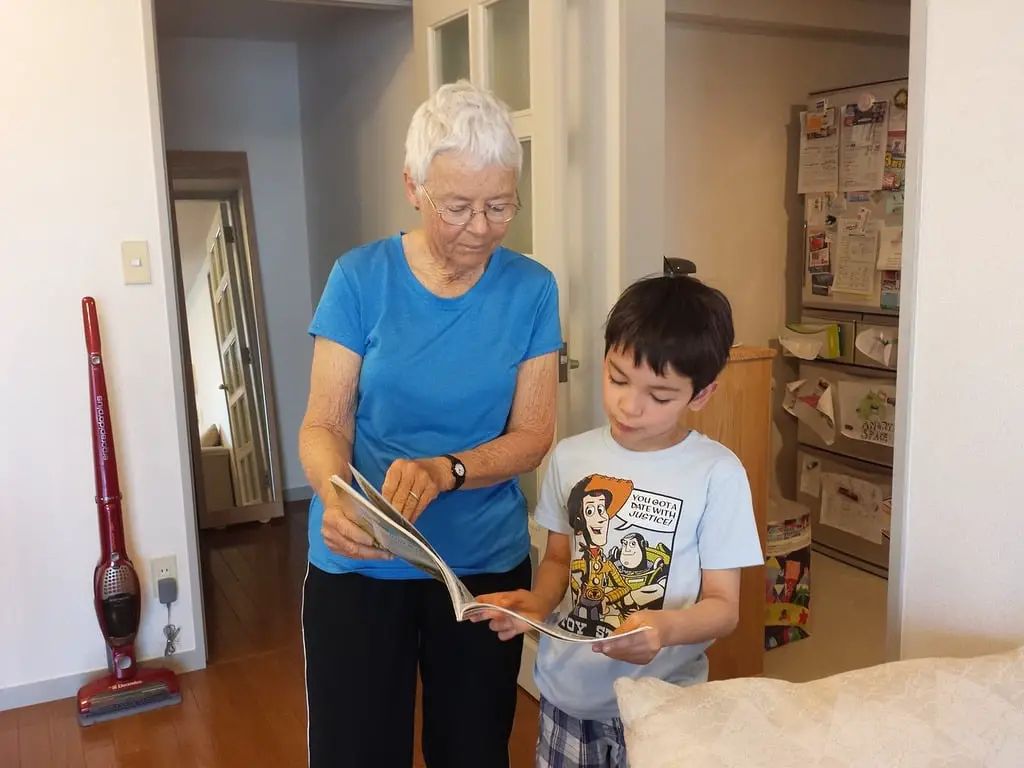
Rather than move to retirement communities, many older adults are choosing to live with adult children and grandchildren. This shift is encouraging more suburban homes to include separate entrances, in-law suites, or expanded communal areas that make multigenerational living feasible.
It’s a quiet but powerful redesign of the traditional single-family model. Seniors benefit from built-in companionship and shared expenses, while families get help with childcare or household duties. Suburbs are evolving to accommodate these changing living dynamics.
14. Advocating for Age-Inclusive Planning
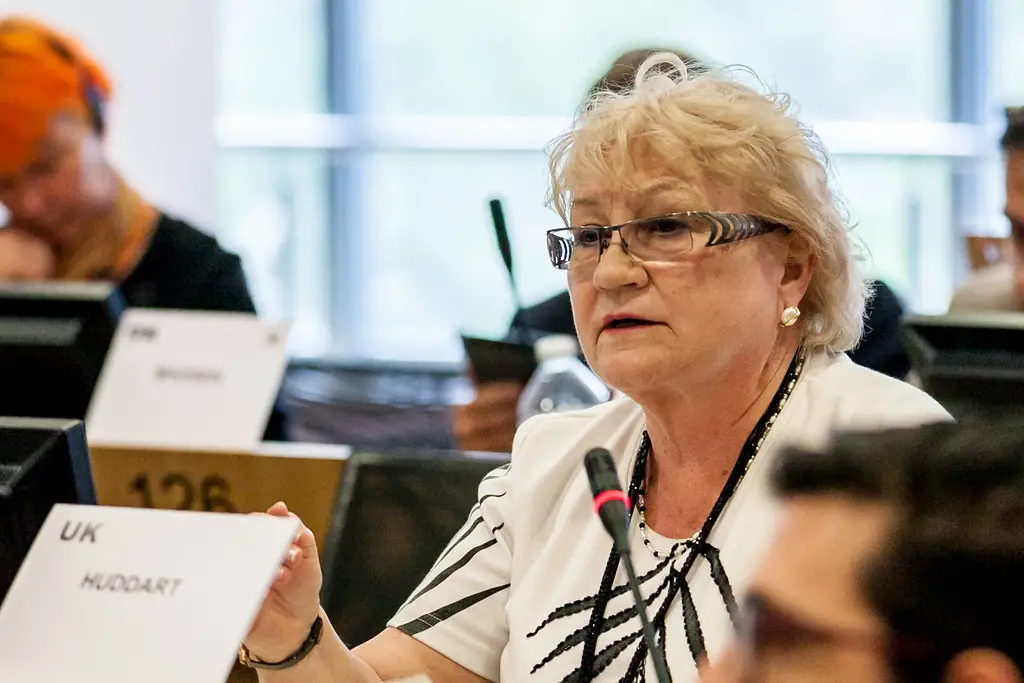
Finally, aging Americans are showing up at city council meetings, zoning boards, and neighborhood associations to make their voices heard. Their advocacy is leading to more thoughtful planning that includes lighting, signage, public restrooms, and safe crossings designed with older adults in mind.
This civic engagement is helping suburbs shed their one-size-fits-all mentality. Aging residents are proving that suburban life doesn’t have to mean driving everywhere, living in oversized homes, or aging in isolation. Quietly, they’re building something more inclusive—and it’s benefiting everyone.
